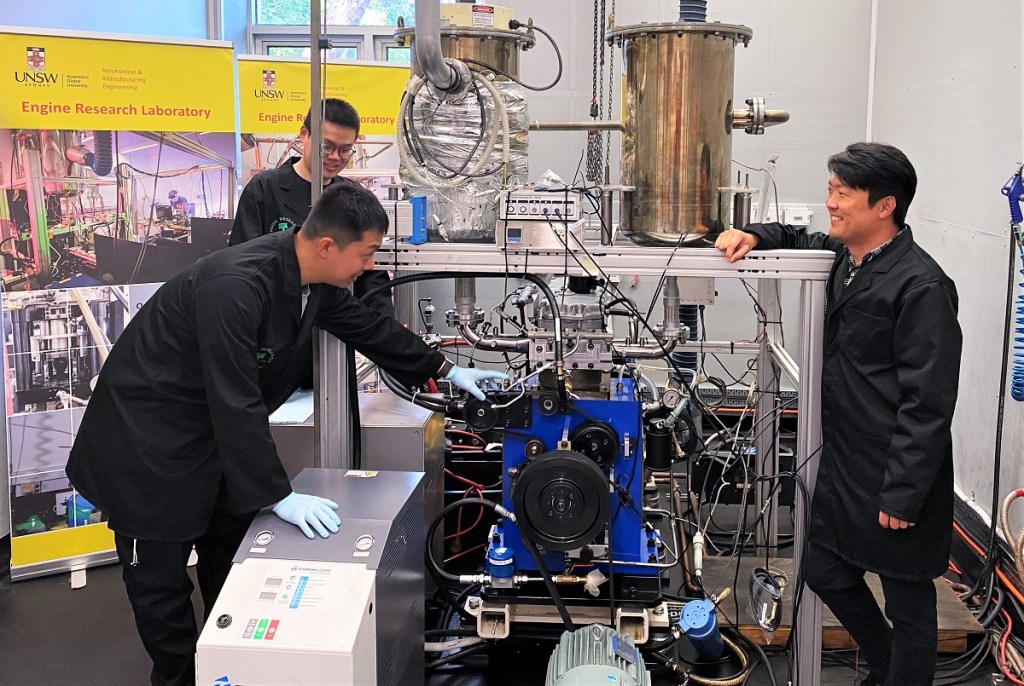The team from the University of New South Wales (UNSW) Engine Research Facility have successfully converted a diesel engine to run as a hydrogen-diesel hybrid, reducing emissions by more than 85 per cent in the process.
Led by professor Shawn Kook from the School of Mechanical and Manufacturing Engineering, the researchers have spent the last 18 months developing the system which allows any existing diesel vehicle to on 90 per cent hydrogen instead of diesel fuel.
A saving for the environment and the hip pocket, the researchers say the technology could easily be adapted to use in trucks and power equipment in the transportation, agriculture and mining industries within a matter of months.
“This new technology significantly reduces CO2 emissions from existing diesel engines, so it could play a big part in making our carbon footprint much smaller,” says Professor Kook.
“Especially in Australia with all our mining, agriculture and other heavy industries where diesel engines are widely used.”
Research published in the International Journal of Hydrogen Energy from Professor Kook’s team shows that this patented system reduces CO2 emissions to just 90 g/kWh – 85.9 per cent below the amount produced by the diesel-powered engine.
“We have shown that we can take those existing diesel engines and convert them into cleaner engines that burn hydrogen fuel.
“Being able to retrofit diesel engines that are already out there is much quicker than waiting for the development of completely new fuel cell systems that might not be commercially available at a larger scale for at least a decade.
“With the problem of carbon emissions and climate change, we need some more immediate solutions to deal with the issue of these many diesel engines currently in use.”
The team say initially, the technology will most easily be utilised at industrial locations like mine sites, as those locations tend to have a permanent hydrogen fuel supply.
“At mining sites, where hydrogen is piped in, we can convert the existing diesel engines that are used to generate power,” says Professor Kook.
Studies have shown that near 30 percent of greenhouse gas emissions come from diesel engines, largely from vehicles used in mining and power generators.
The team from UNSW hope to have a commercial offering available in the next 12-24 months.
To stay up to date on the latest industry headlines, sign up to the C&I e-newsletter.

